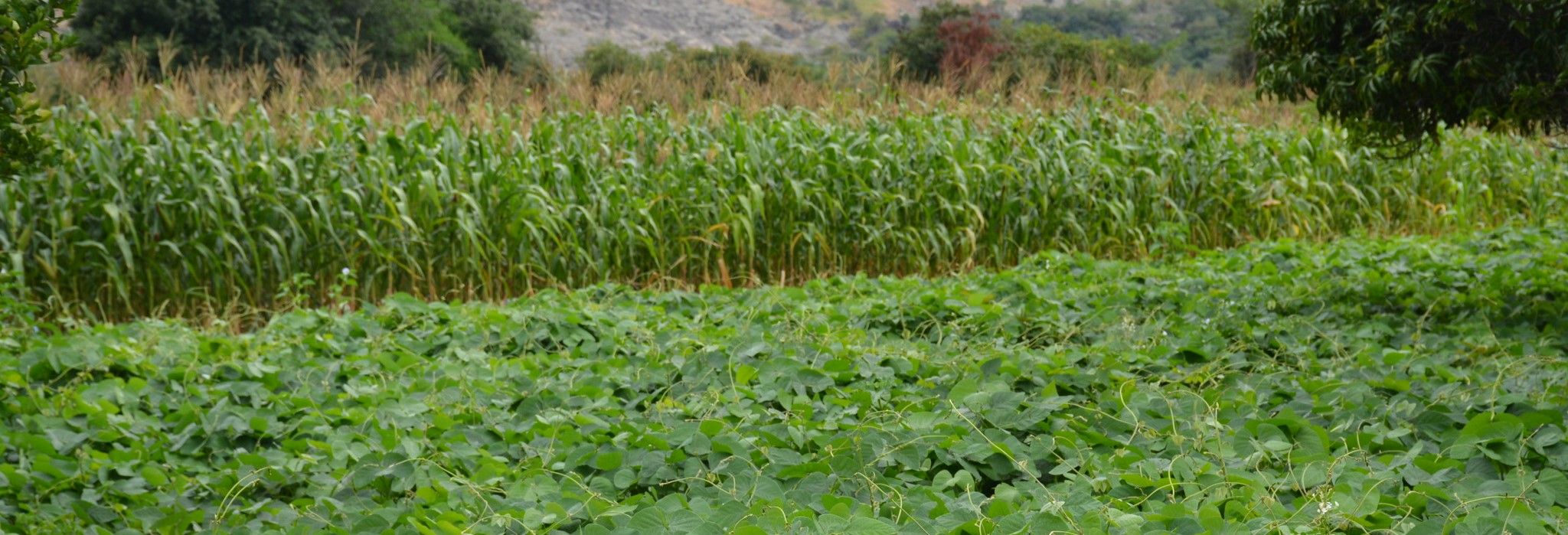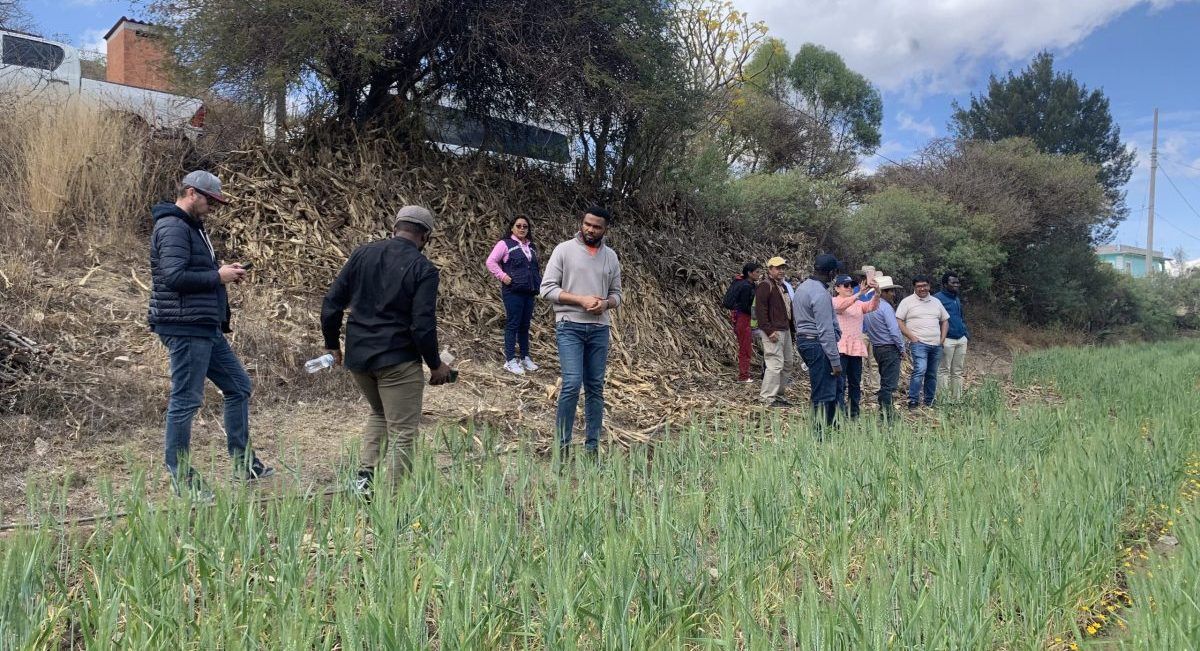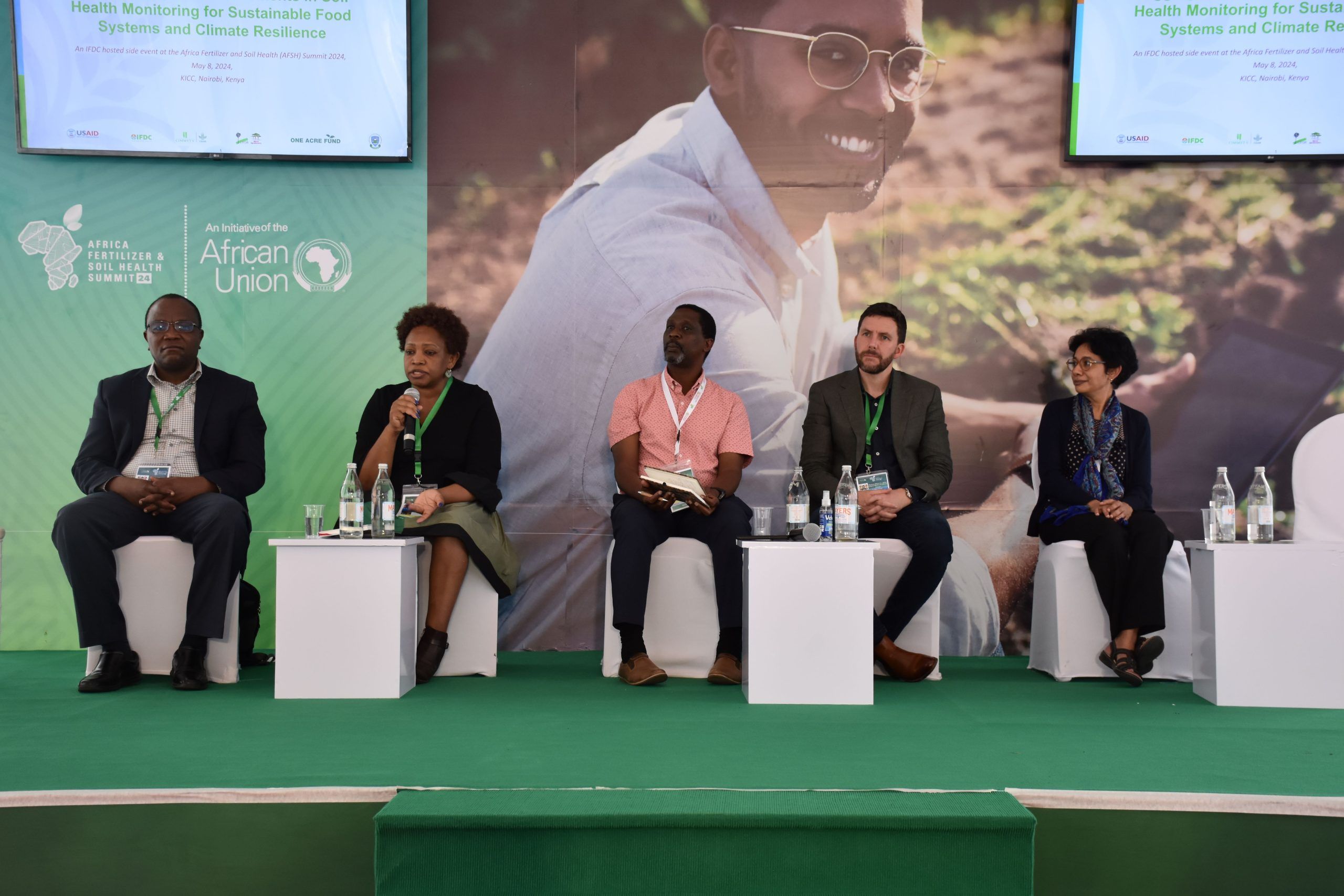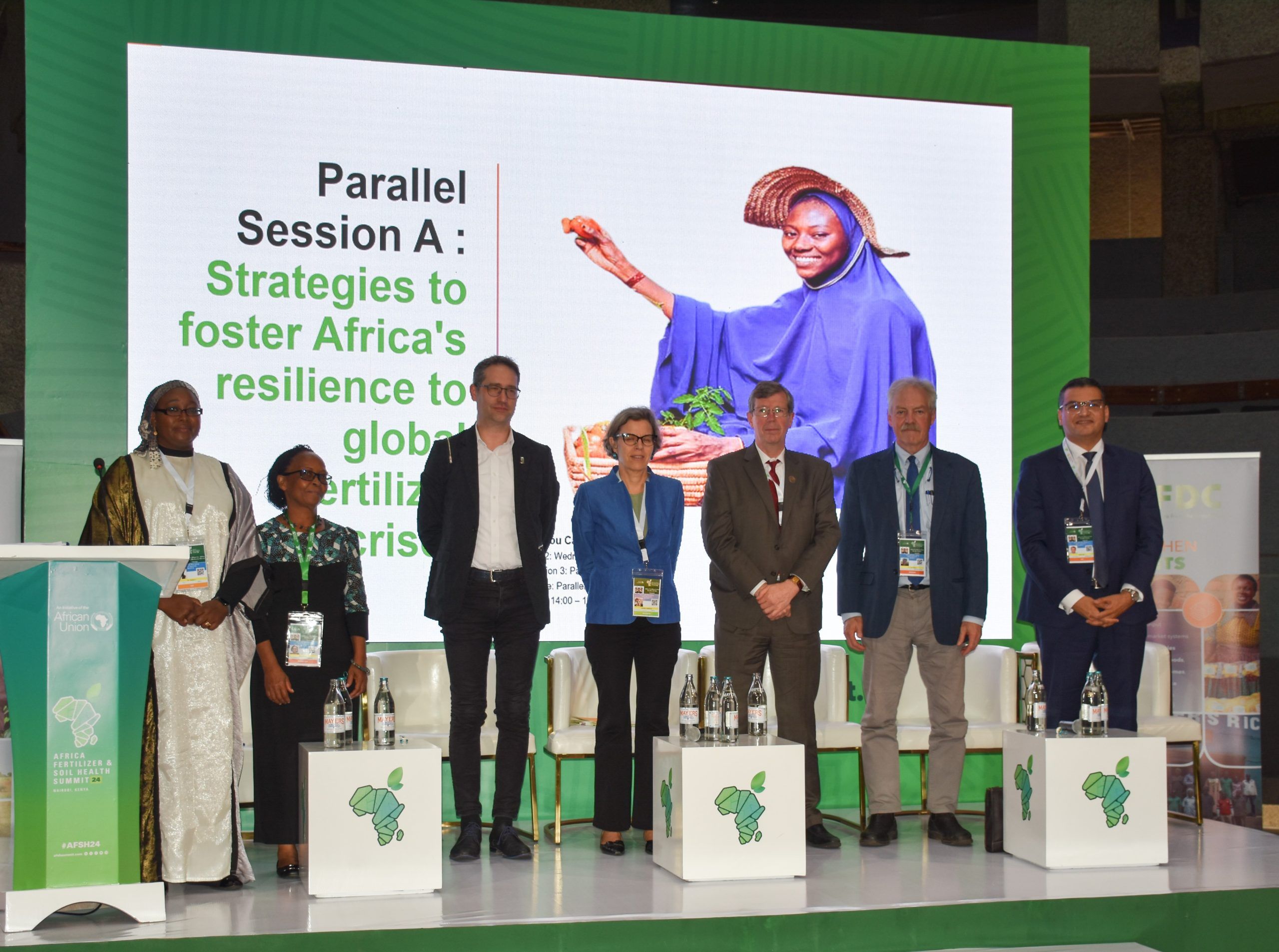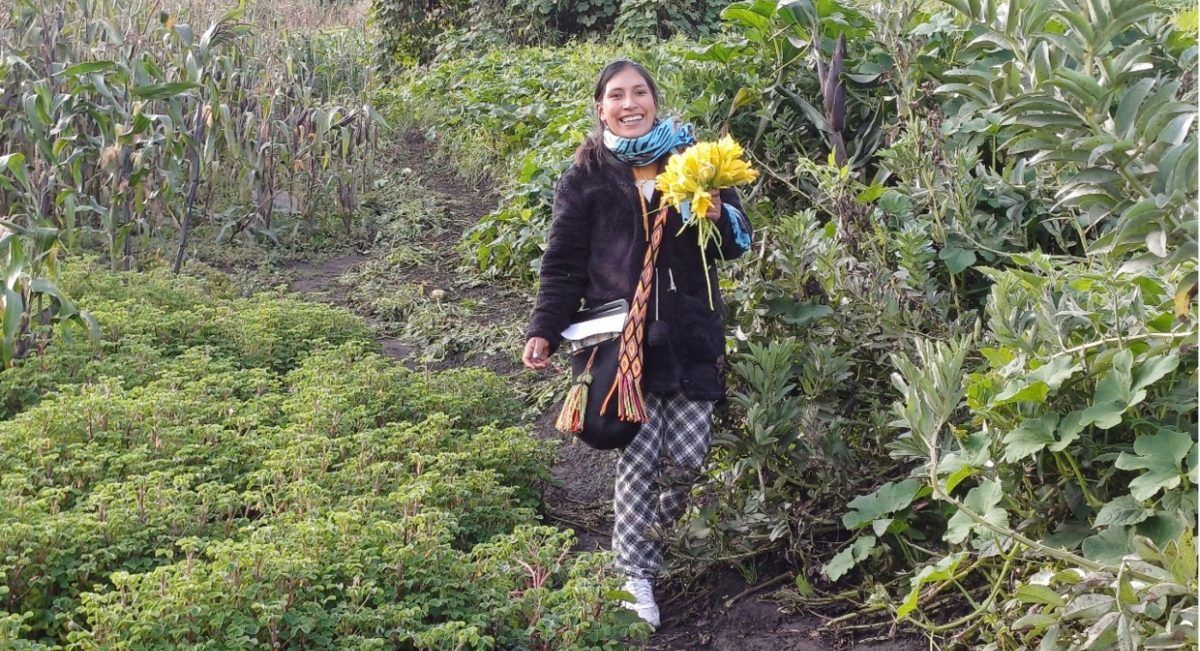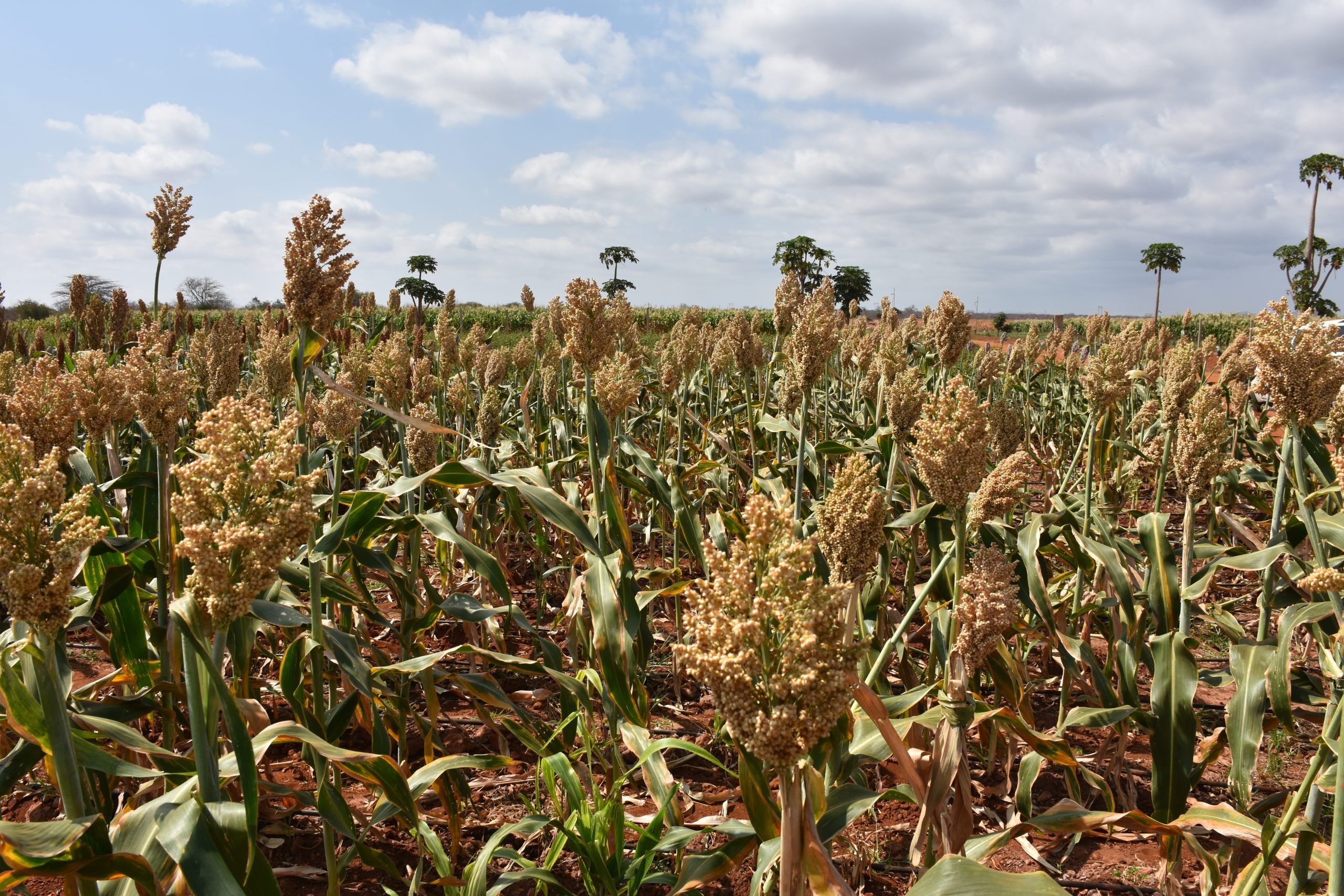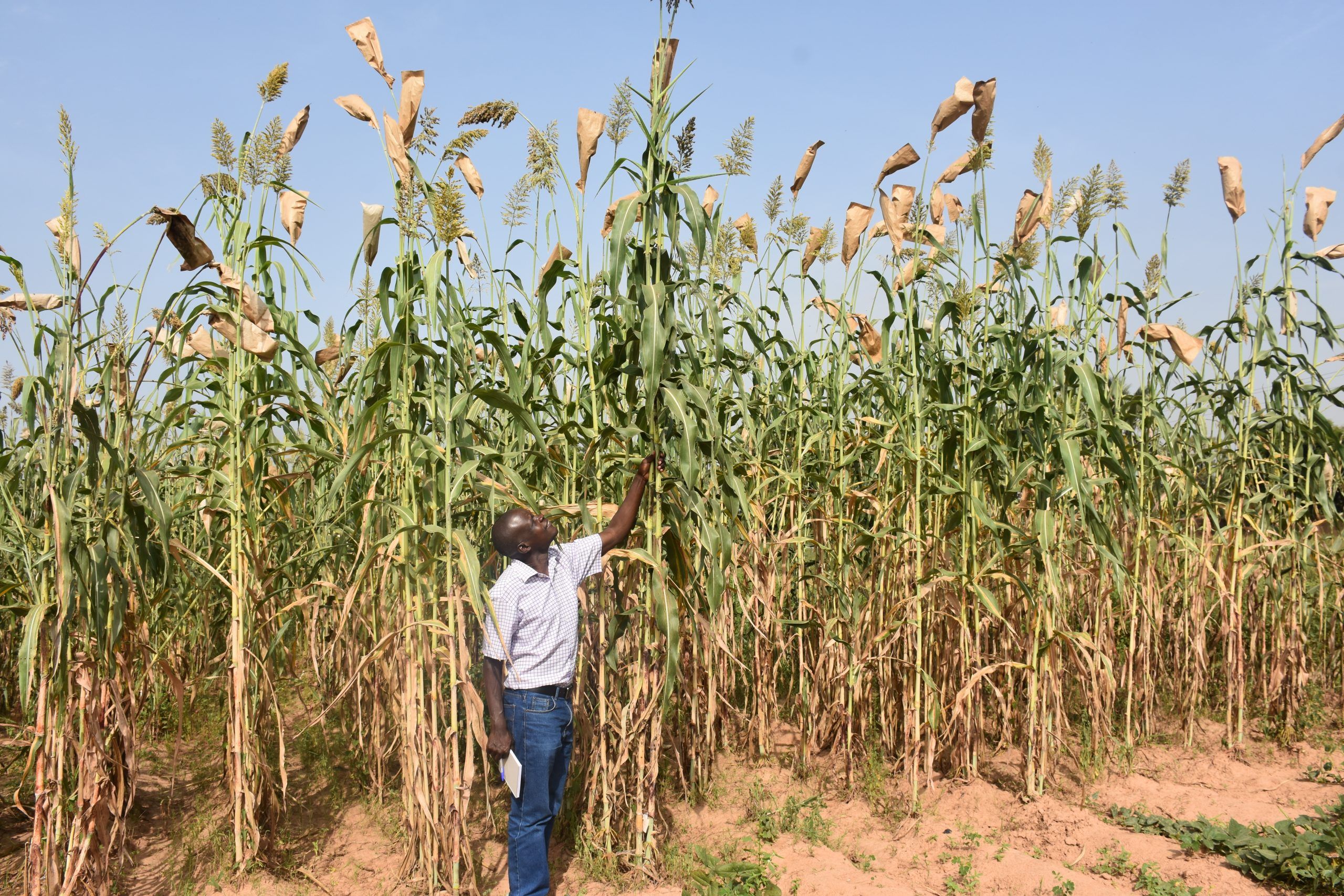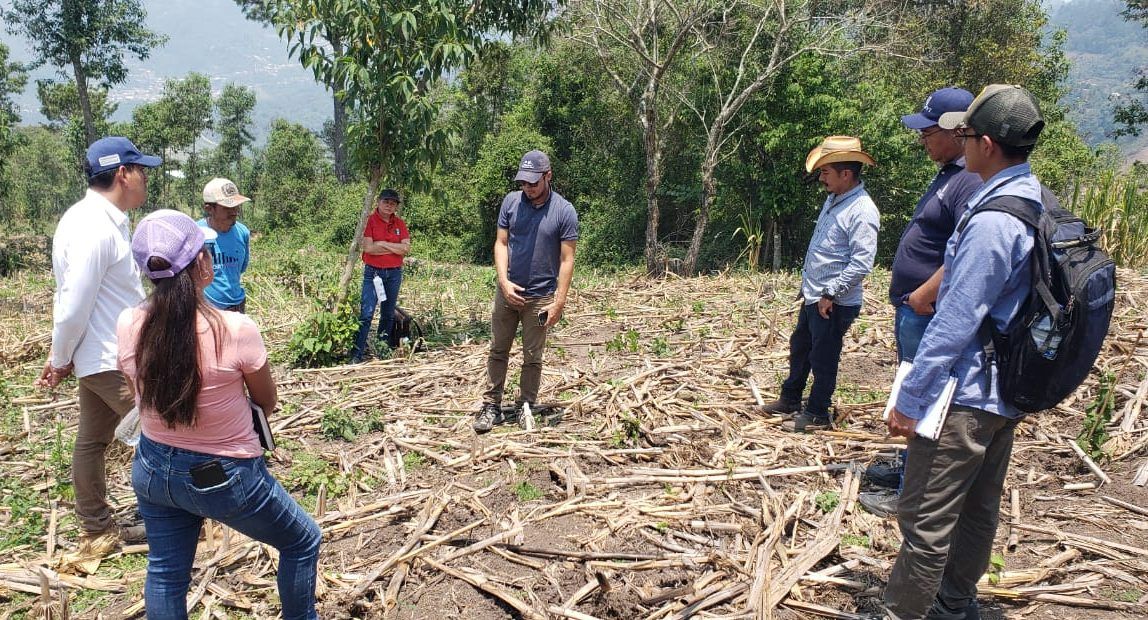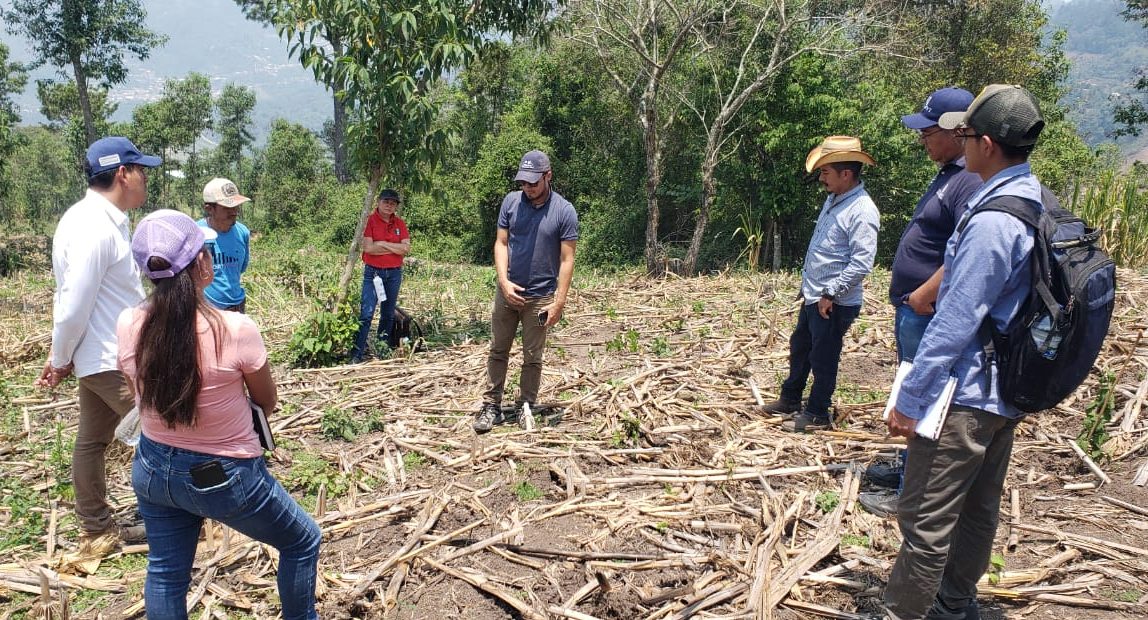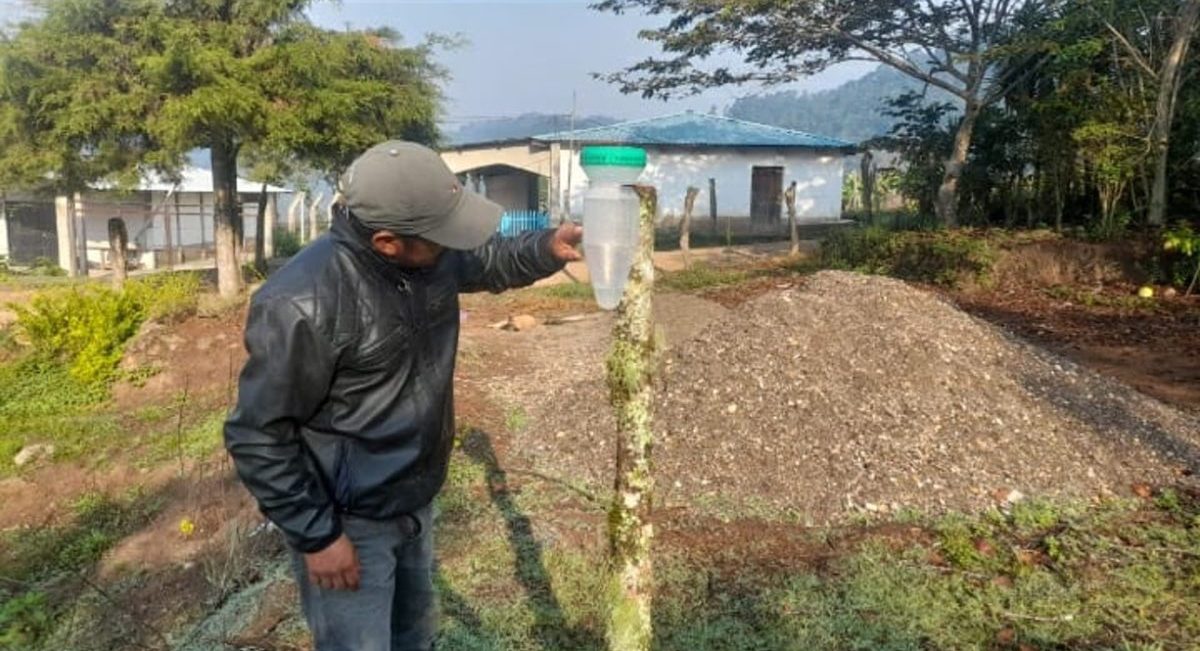Helping Colombia’s smallholder farmers to leverage and preserve maize diversity
In Colombia, maize is the most important cereal, integral to culture, tradition, and diet. In 2019, Colombia consumed 7.2 million tons of maize, a quarter of which was white-grain maize used for human food (the remainder was yellow-grain maize for animal feed, with a small portion for industrial uses). National production is concentrated in the departments of Meta, Tolima, Córdoba, Huila, and Valle del Cauca. Native and creole maize varieties—the latter comprising farmer varieties of mixed native and other ancestries—are grown for use in traditional dishes or for sale at local markets.
Due to climate change, socioeconomic pressures, and the out-migration of smallholder farmers seeking better livelihoods, native maize varieties and the unique genetic qualities those varieties embody are endangered. We aim to design strategies that benefit smallholders who wish to continue in agriculture and perhaps continue growing native varieties valued in their communities, fostering the conservation and production of native maize. CIMMYT in Mexico has already facilitated commercial linkages between chefs in Mexico City and tourist areas (for example, in the states of Oaxaca, Yucatán, and the State of Mexico), sourcing blue maize landrace grain from farmers in mutually beneficial arrangements.
CIMMYT and local partners have launched an ambitious initiative to map and strengthen the value chain of native maize in the departments of Nariño, Cundinamarca, Boyacá, Valle del Cauca, and Putumayo to promote beneficial farmer-market linkages and better understand Colombia’s maize value chain. Carried out under the Nature Positive Initiative of OneCGIAR, the project is documenting maize conservation, marketing, and consumption to design a critical path that strengthens the value chain of Colombian native maize and benefits agriculture and the economy of rural Colombian communities.
Most native maize varieties in Colombia are grown on small plots for home consumption, exchange, and the sale of surplus grain. “The production is planned so that the percentage of sales is lower than consumption,” explains a farmer from Nariño. “Maize grain is sold in traditional markets, typically on Saturdays or Sundays, most often as fresh white and yellow corn.”
In such markets, farmers may also sell their grain to intermediaries, but only in the markets of Nariño is the sale of creole and native maize varieties acknowledged. Varieties include yellow Capia, white Capia, yellow Morocho, and Granizo, with Chulpe being less common. The grain purchased is used to prepare a variety of traditional dishes and beverages.
The most commonly grown varieties are intended for the market and probably the regional and urban cultural groups that consume them, such as in Guaitarilla, Nariño, where large crops of white maize are marketed through intermediaries and traders to satisfy demand.
“A variety that is not widely grown may become more prominent due to market changes—such as the rise of niche markets,” the research team notes. Good examples are the departments of Pasto, Nariño, and Cundinamarca, where maize is increasingly grown to meet demand from buyers of purple or colored maize.
We have already identified several possible niche markets for smallholder maize varieties:
- Fair trade enterprises. They promote the commercialization of national products at fair prices for farmers, offering maize in various forms from regions such as Boyacá and Cundinamarca.
- Restaurants. They use maize in traditional dishes, reinterpretations of Colombian cuisine, and culinary experiments.
- Small-scale local intermediaries. Without a fixed physical space, they distribute products to end users and other businesses.

Significant challenges may hamper these and other possible market opportunities in the maize value chain. Farmers, for example, face high production costs, climate change losses, competition from neighboring countries, dependence on intermediaries for sales, and a lack of land. For their part, buyers struggle with obtaining consistent production volumes from farmers, lack storage infrastructure, and face postharvest pest and disease management challenges.
While they are compelled by the need to feed their families and, if possible, grow enough grain to sell for a profit, smallholder maize farmers have also expressed interest in preserving maize diversity and their cultural practices.
“We are not interested in growing monocultures for marketing; we grow maize out of love to continue preserving it,” comments a farmer from Nariño. Another farmer adds: “I would grow or sell more if the production were aimed at protecting agrobiodiversity, food security, sovereignty, and preserving cultural practices.”

To understand how niche markets could influence the conservation and rescue of native and creole maize in Colombia and, at the same time, design a critical path that strengthens the value chain and promotes fair and efficient niche markets, CIMMYT and its partners are conducting focus group interviews and buyer-meets-seller events. The aim is to mitigate challenges highlighted by the actors and create beneficial conditions for farmers and consumers, promoting a better future for Colombian smallholder farmers.
We deeply thank CIMMYT partners in Colombia for their contributions to this work: Andrea Gomez, Andrea Pinzón, and Jeisson Rodríguez.
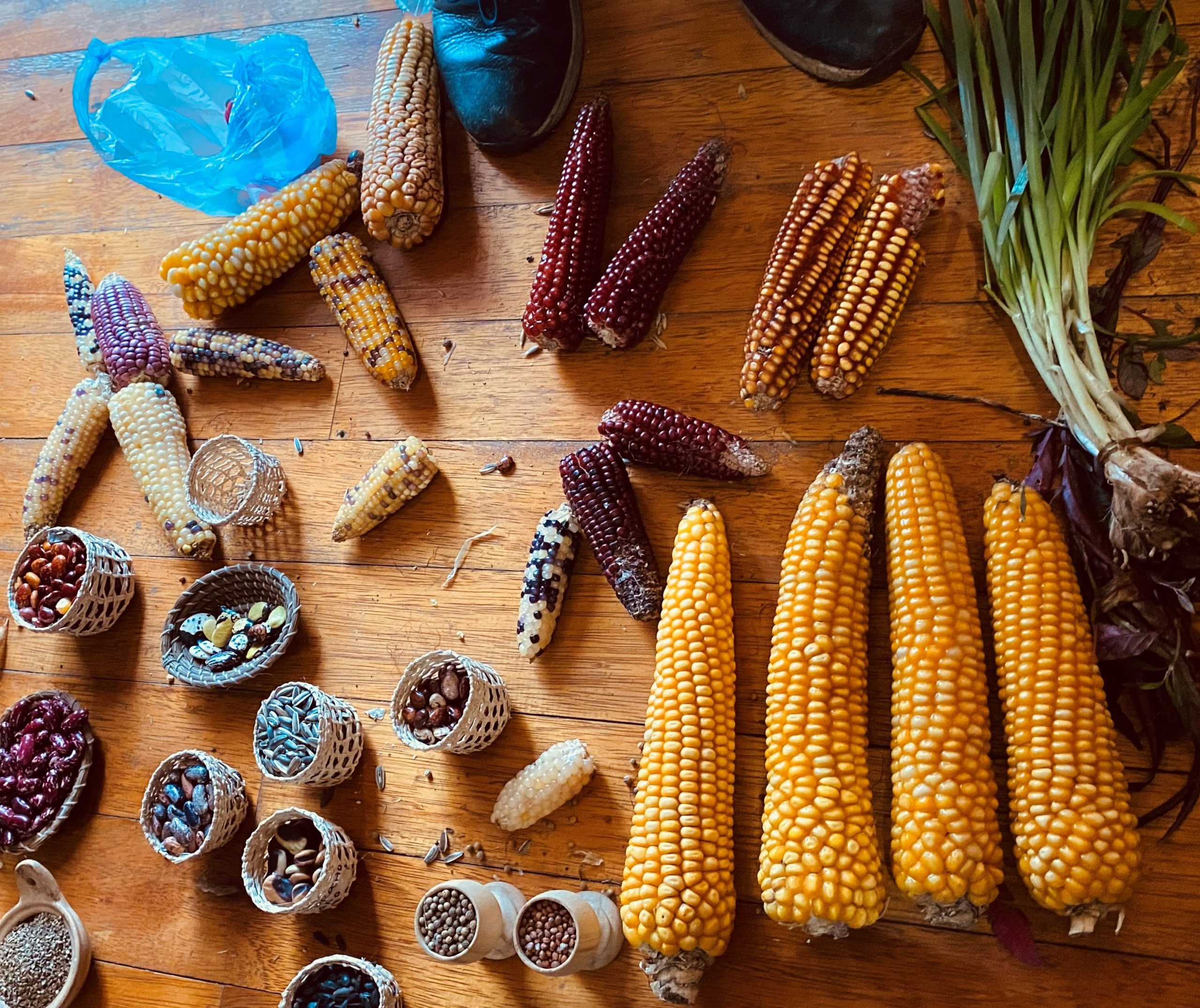
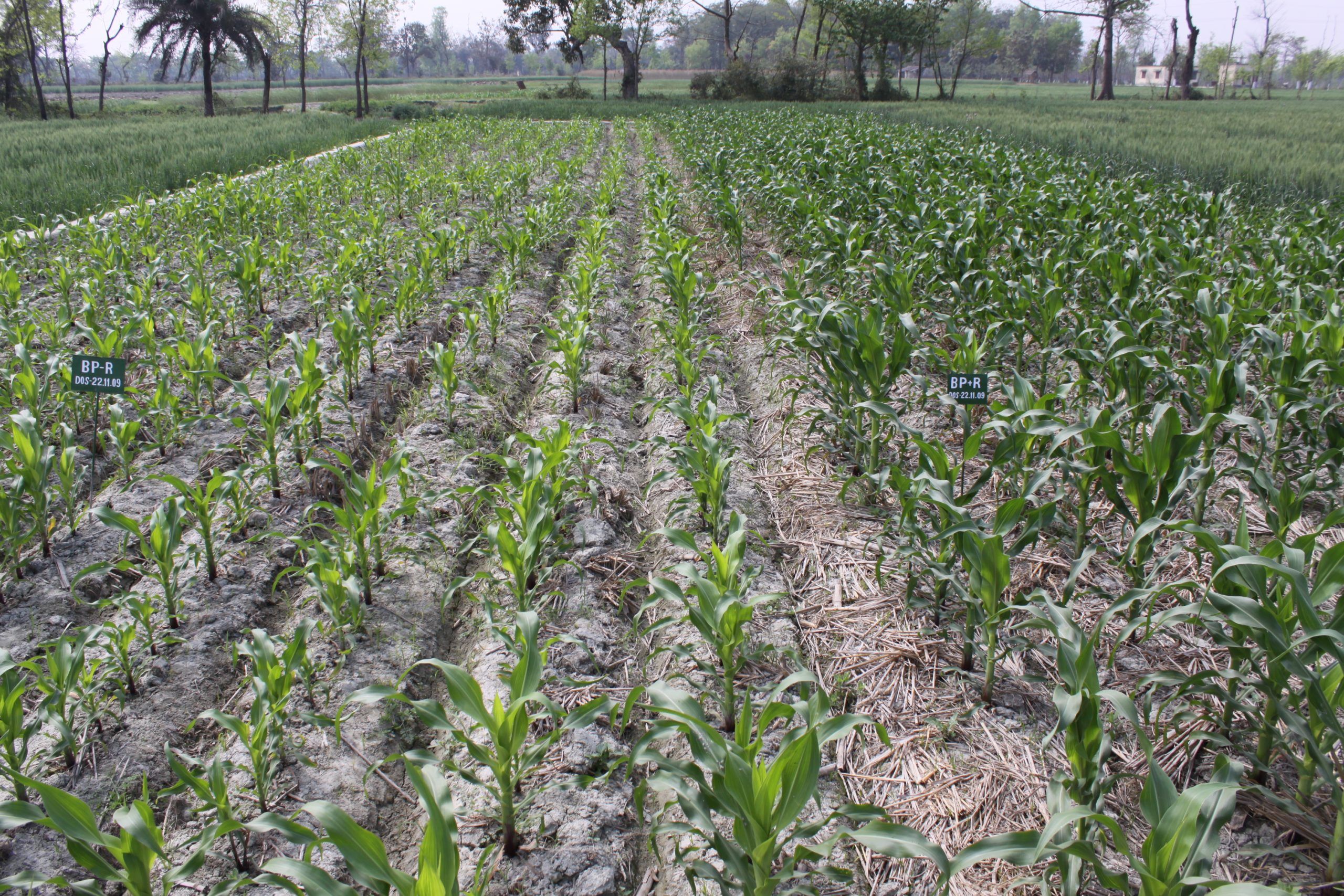
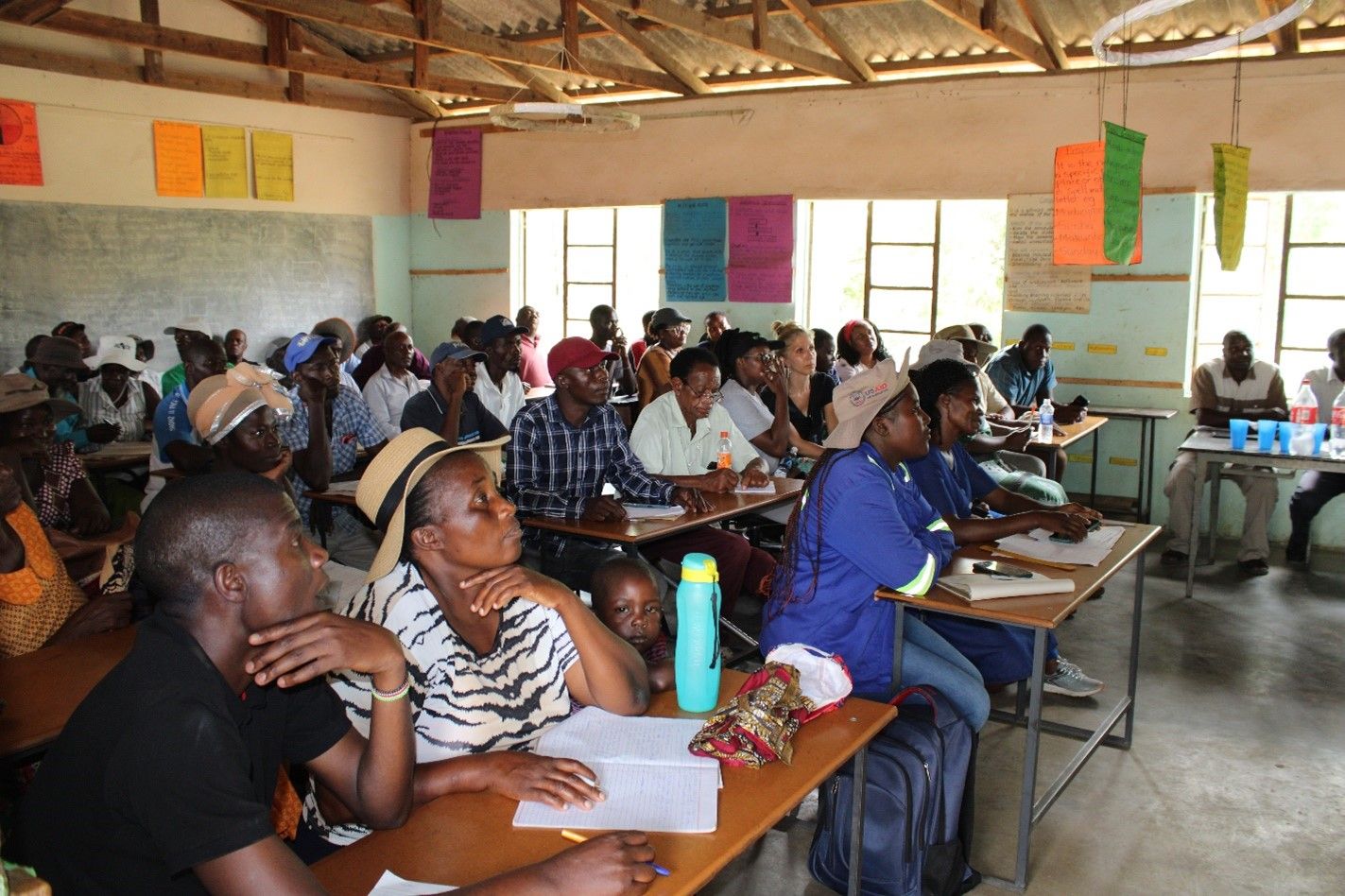


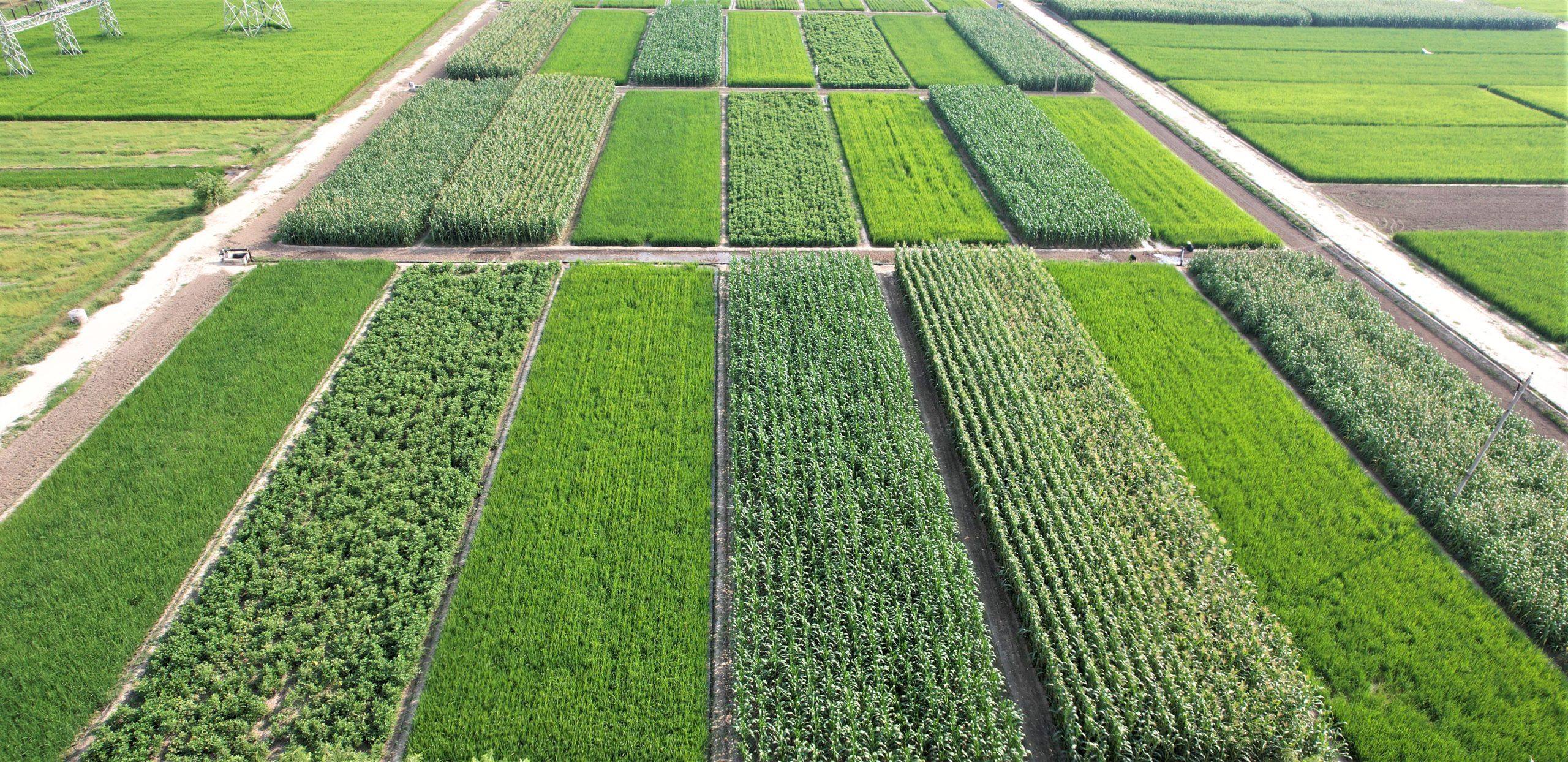


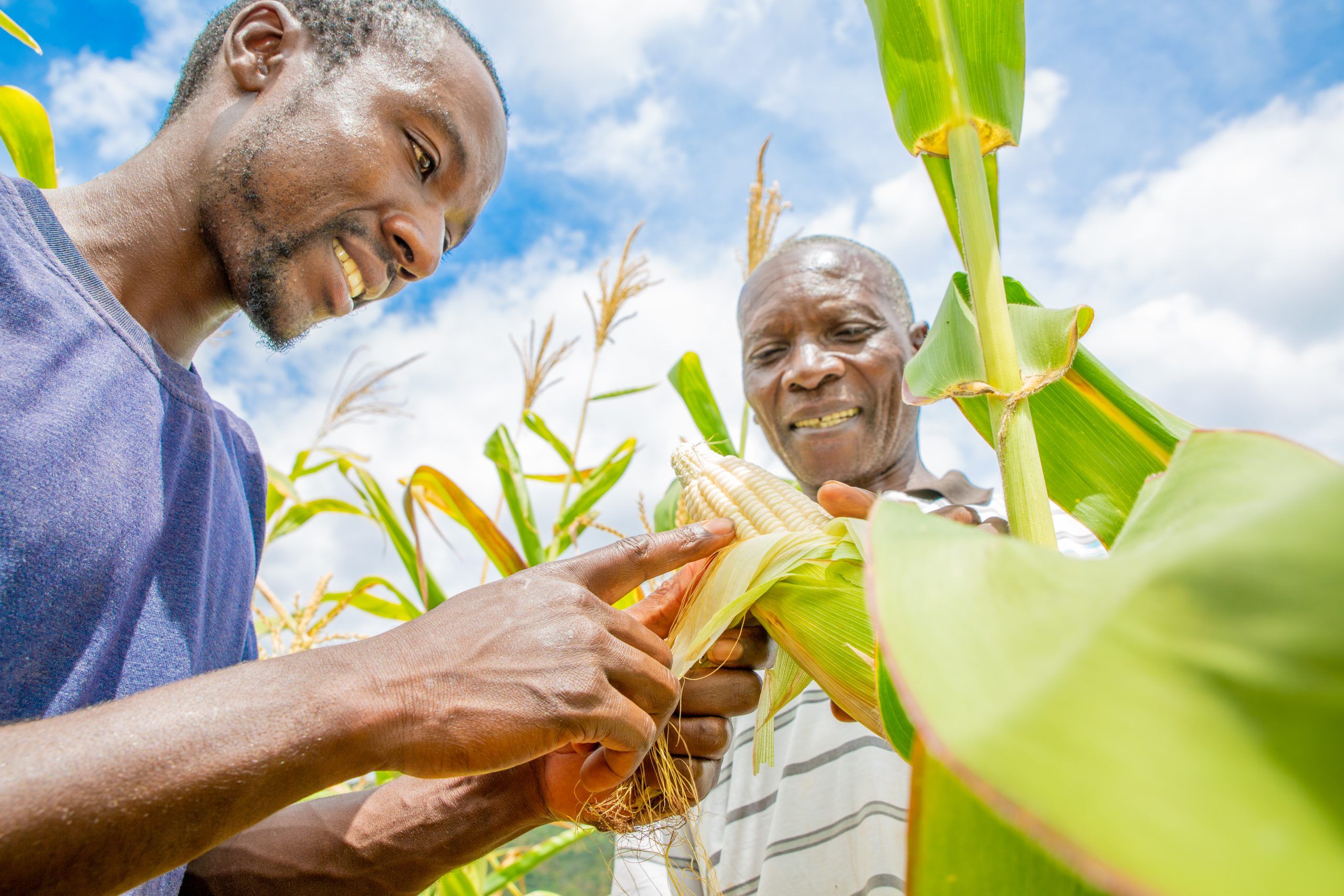


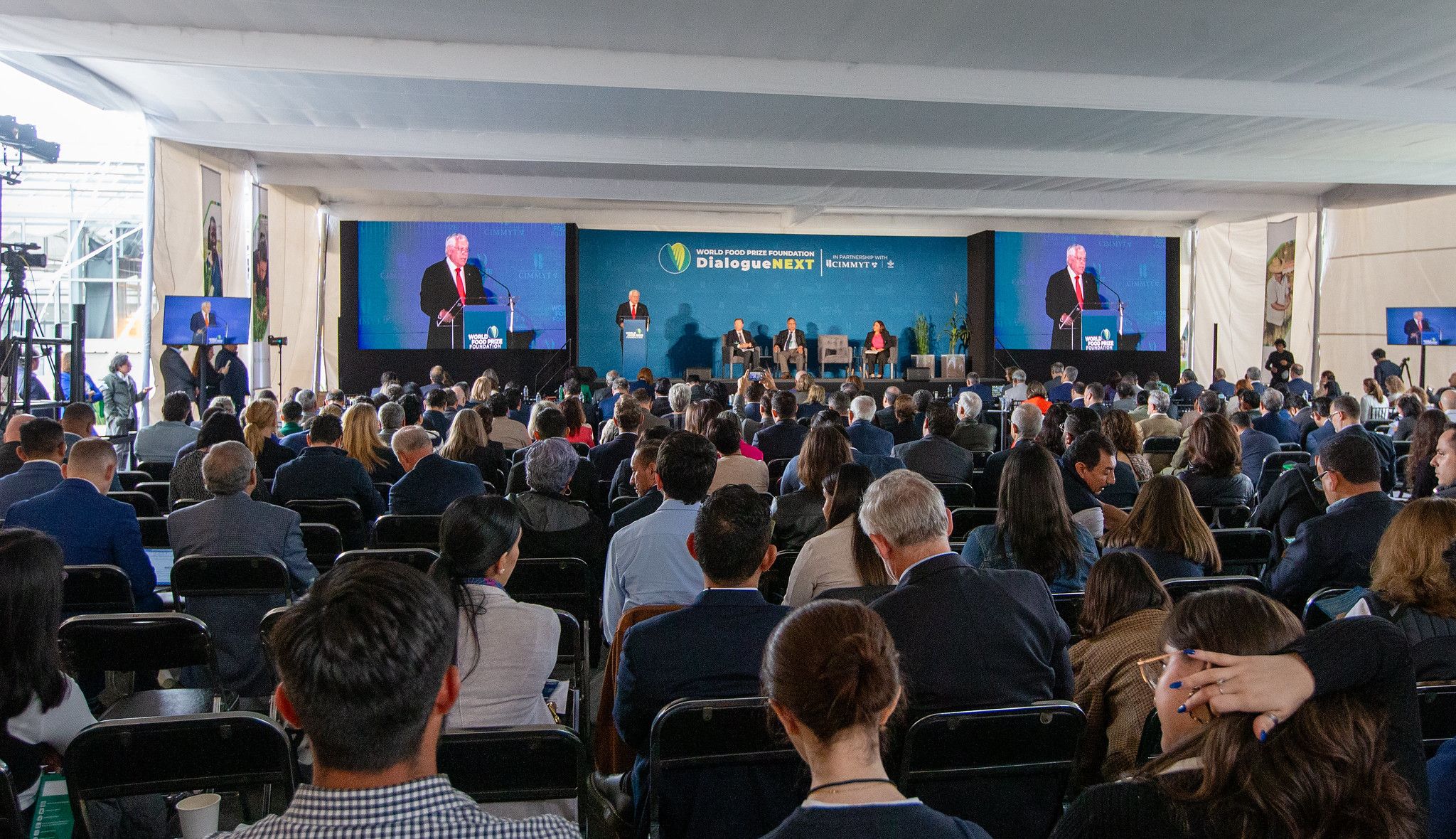
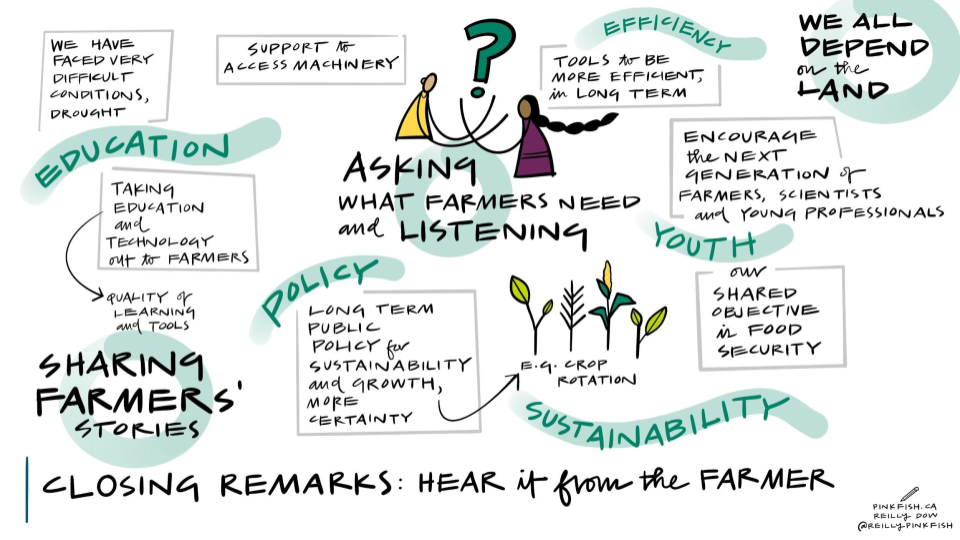 CIMMYT and African partners, in conjunction with USAID’s Feed the Future, have begun applying the MasAgro
CIMMYT and African partners, in conjunction with USAID’s Feed the Future, have begun applying the MasAgro 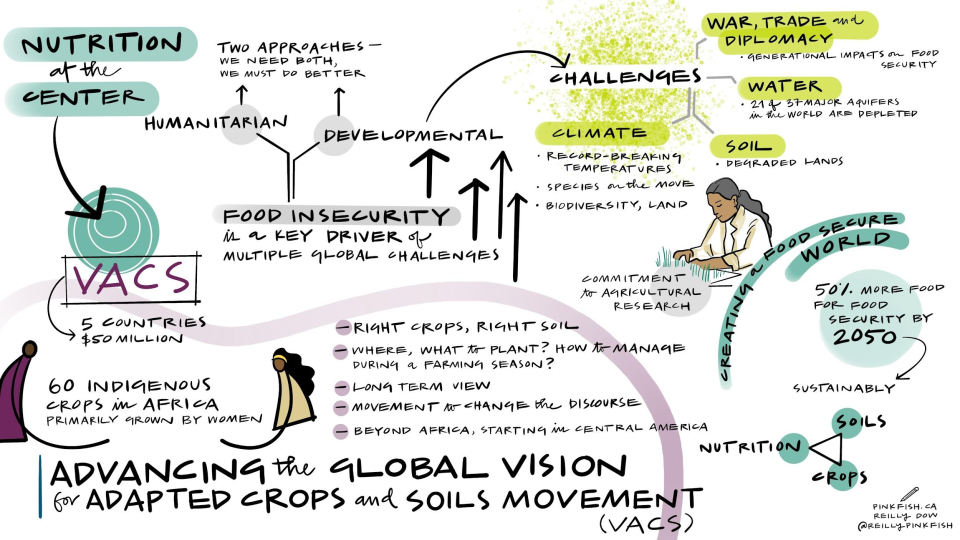 The
The 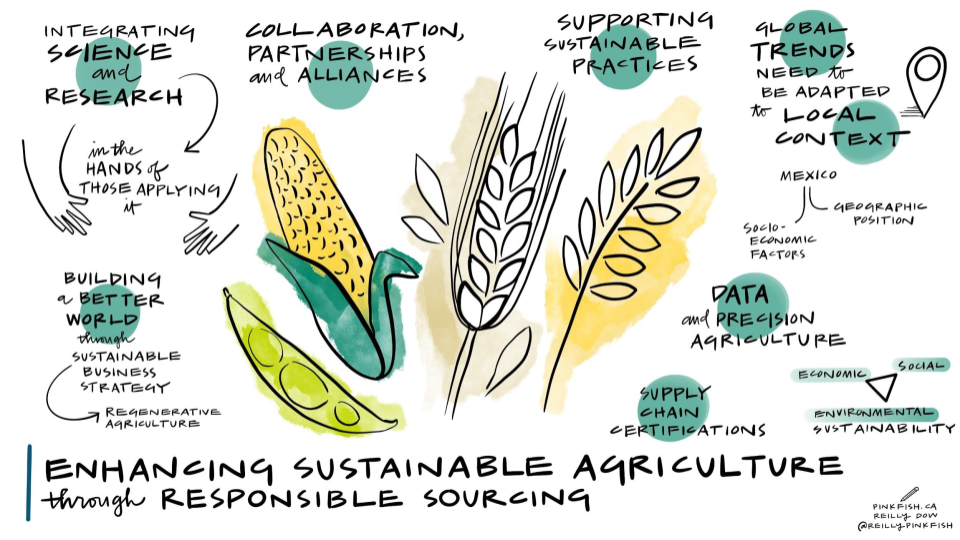 While healthy soils and crops are key to improved harvests, ensuring safe and nutritious food production is critical to alleviating hunger and inequities in food access. CIMMYT engages with private sector stakeholders such as Bimbo, GRUMA, Ingredion, Syngenta, Grupo Trimex, PepsiCo, and Heineken, to mention a few, to “link science, technology, and producers,” and ensure strong food systems, from the soils to the air and water, to transform vital cereals into safe foods to consume, like fortified bread and tortillas.
While healthy soils and crops are key to improved harvests, ensuring safe and nutritious food production is critical to alleviating hunger and inequities in food access. CIMMYT engages with private sector stakeholders such as Bimbo, GRUMA, Ingredion, Syngenta, Grupo Trimex, PepsiCo, and Heineken, to mention a few, to “link science, technology, and producers,” and ensure strong food systems, from the soils to the air and water, to transform vital cereals into safe foods to consume, like fortified bread and tortillas.
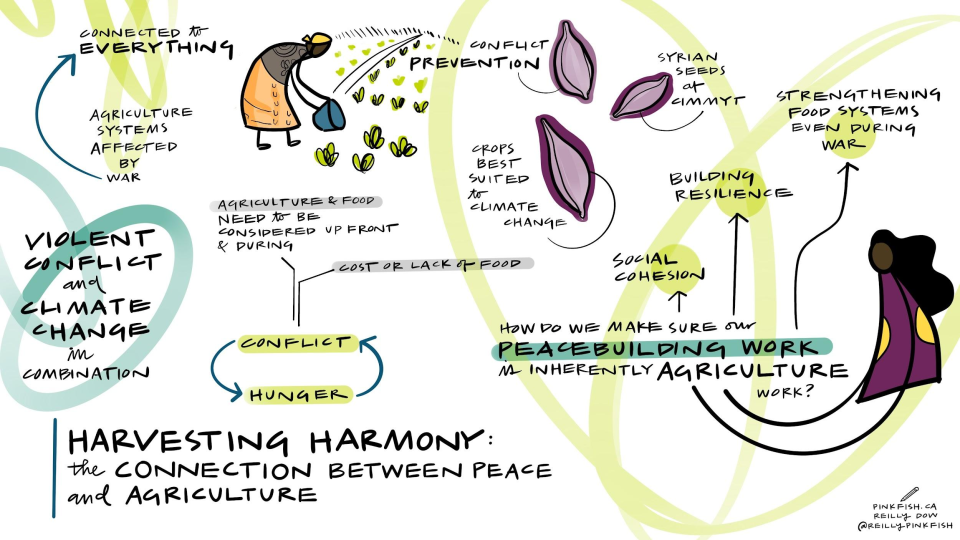 National governments play a critical role in ensuring that vulnerable populations are included in global approaches to strengthen food systems. Mexico’s Secretary of Agriculture, Victor Villalobos, shared examples of how government intervention and political will through people-centered policies provides greater direct investment to agriculture and reduces poverty, increasing shared prosperity and peace. “Advances must help to reduce gaps in development.” Greater access to improved agricultural practices and digital innovation maintains the field relevant for farmers and safeguards food security for society at large. Apart from Mexico, key government representatives from Bangladesh, Brazil, Honduras, India, and Vietnam reaffirmed their commitment to CIMMYT’s work.
National governments play a critical role in ensuring that vulnerable populations are included in global approaches to strengthen food systems. Mexico’s Secretary of Agriculture, Victor Villalobos, shared examples of how government intervention and political will through people-centered policies provides greater direct investment to agriculture and reduces poverty, increasing shared prosperity and peace. “Advances must help to reduce gaps in development.” Greater access to improved agricultural practices and digital innovation maintains the field relevant for farmers and safeguards food security for society at large. Apart from Mexico, key government representatives from Bangladesh, Brazil, Honduras, India, and Vietnam reaffirmed their commitment to CIMMYT’s work.

